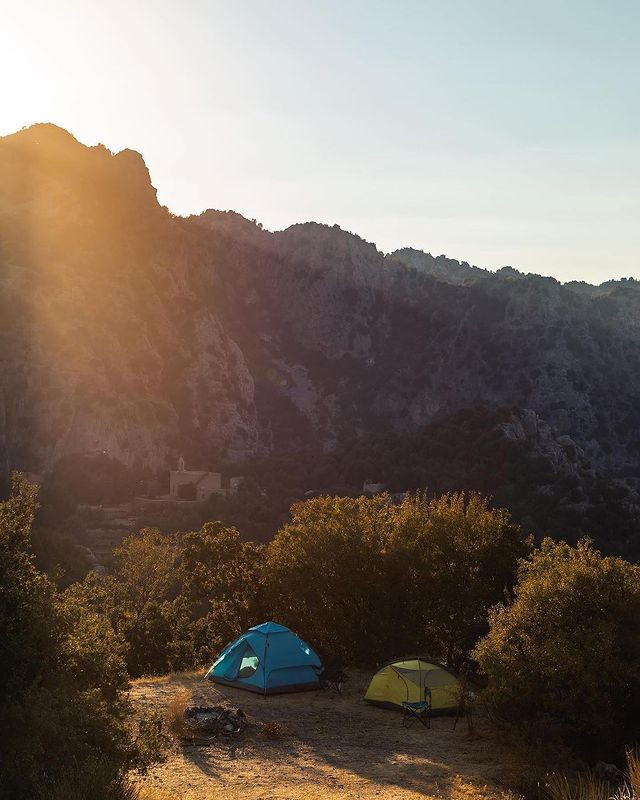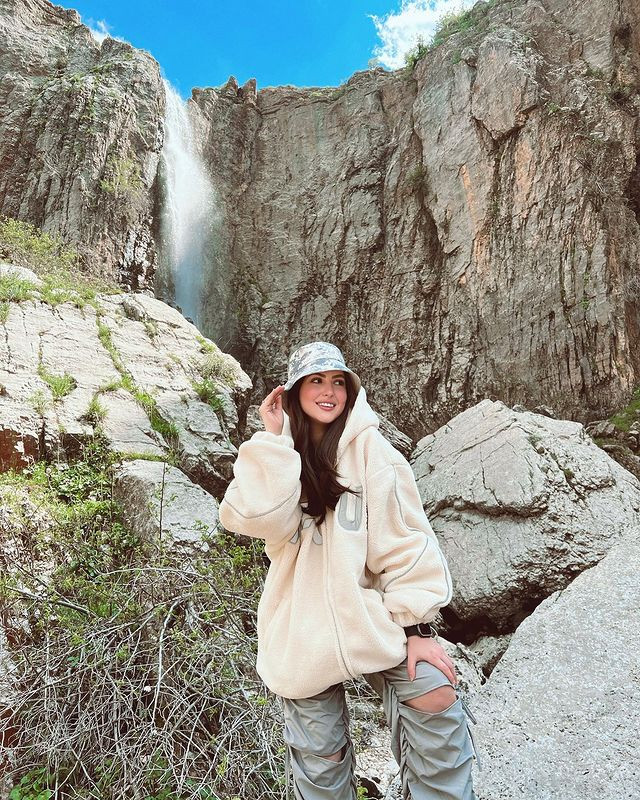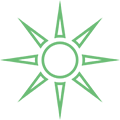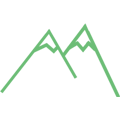Transfer through the high plateau to Ouyoune Orgosh.
Hike from Ouyoune Orgosh to Rabiaa.
Ouyoun Orghosh is a name in plural form given to a high mountain region with an abundance of springs of water on the Eastern face of Cornet es-Sawda, the highest mountain of Lebanon that dominates the Beqaa Valley. The landscape is somewhat bare of vegetation, relieved only by a few scattered trees, either junipers or Mediterranean oaks, and without the usual cultivated terraces that climb most Lebanese mountain slopes however steep. There are only a few patches of plough land, for the area was never easy to reach in the past. On todays hike you will experience the majestic Juniper trees.
Distance 9 km.
Total ascent 200 m.
Total descent 700 m.
Lunch in a restaurant.
Dinner and overnight in wooden cabins in Deir el Ahmar.







